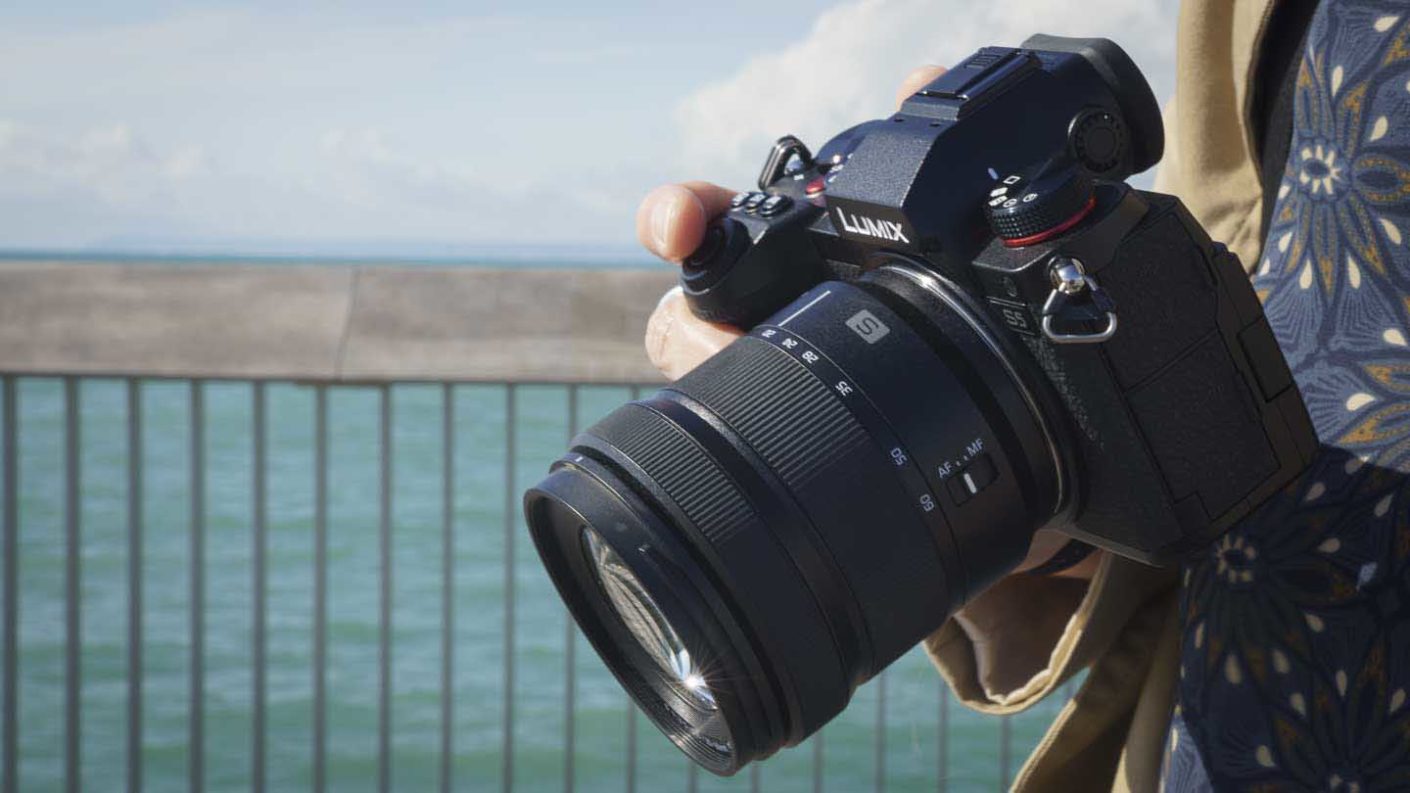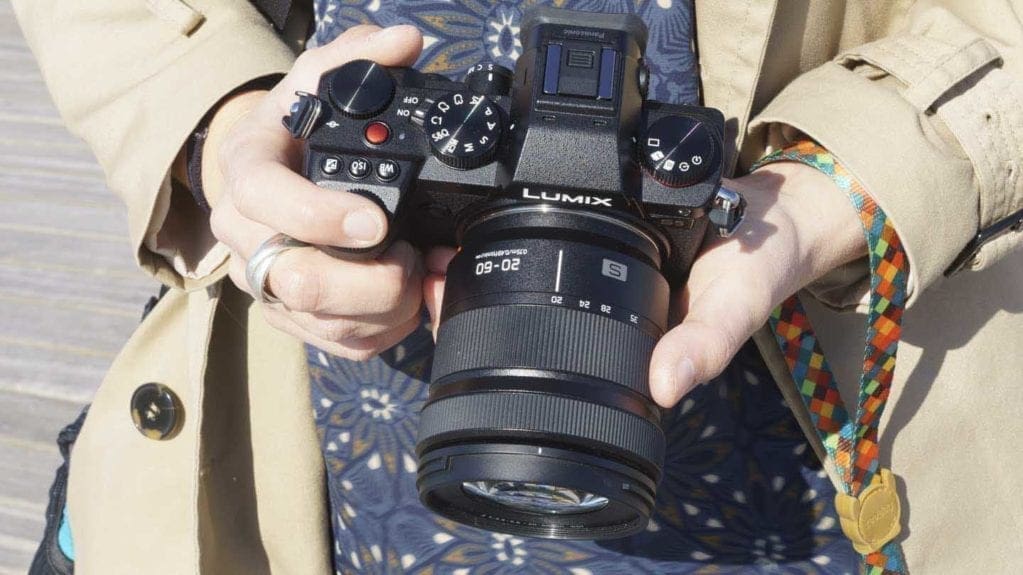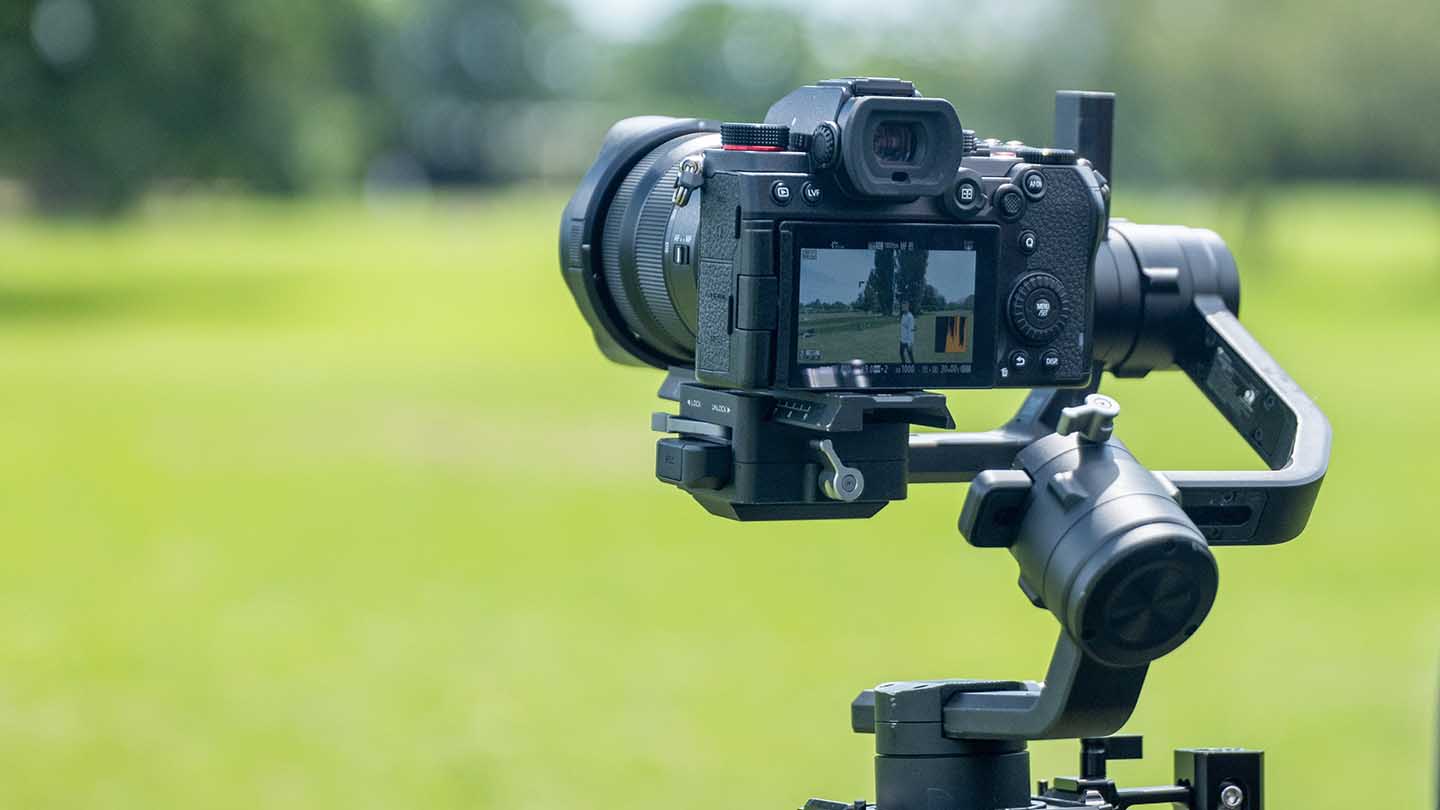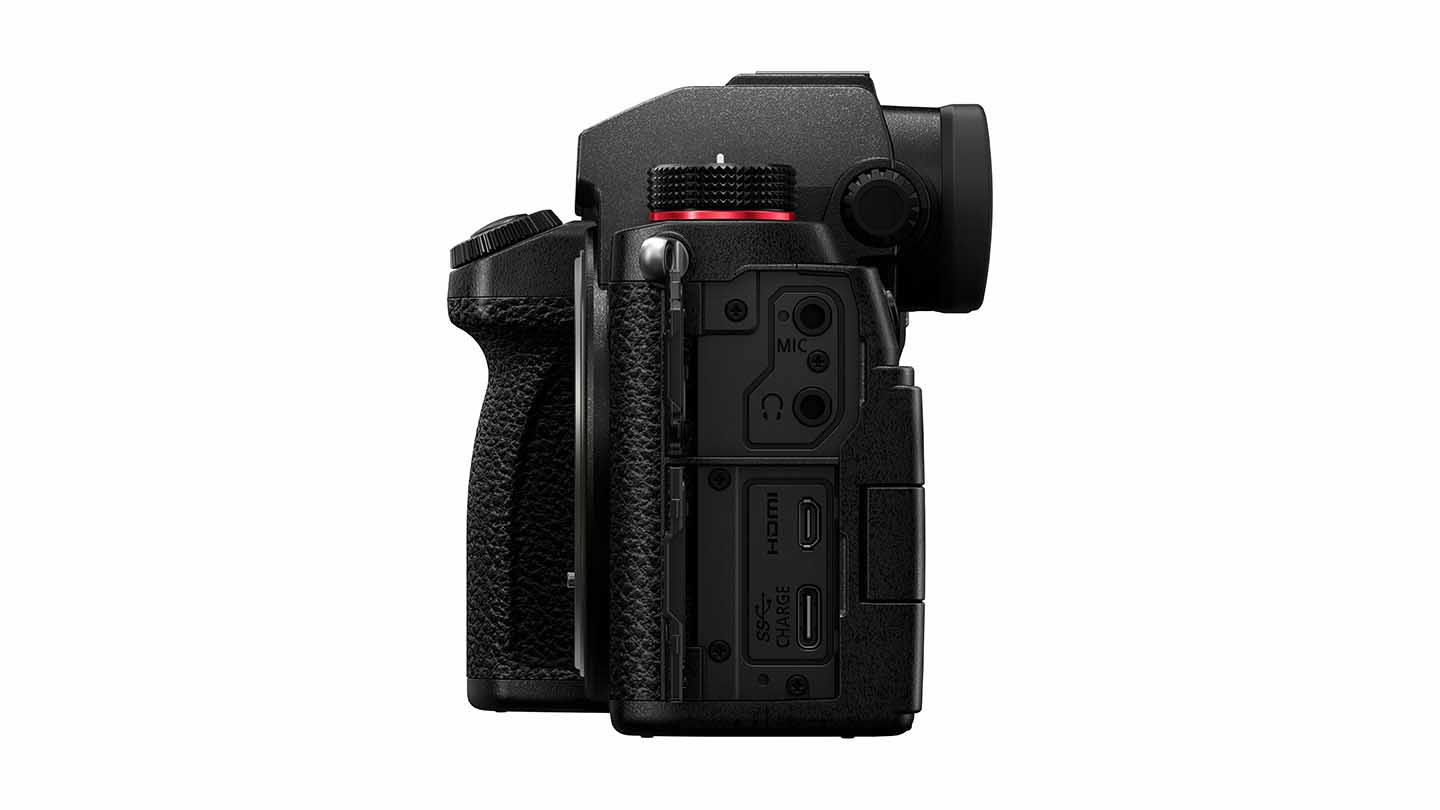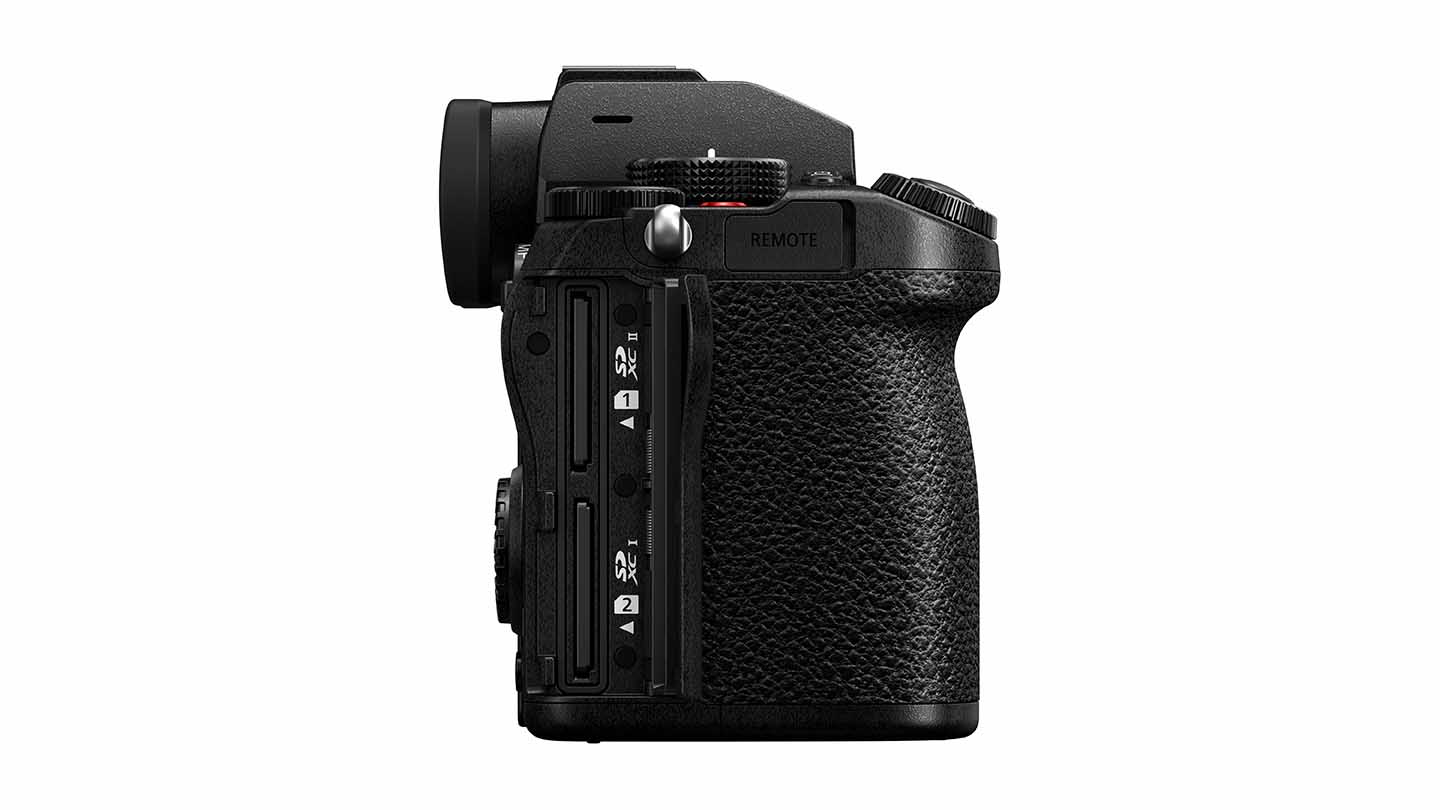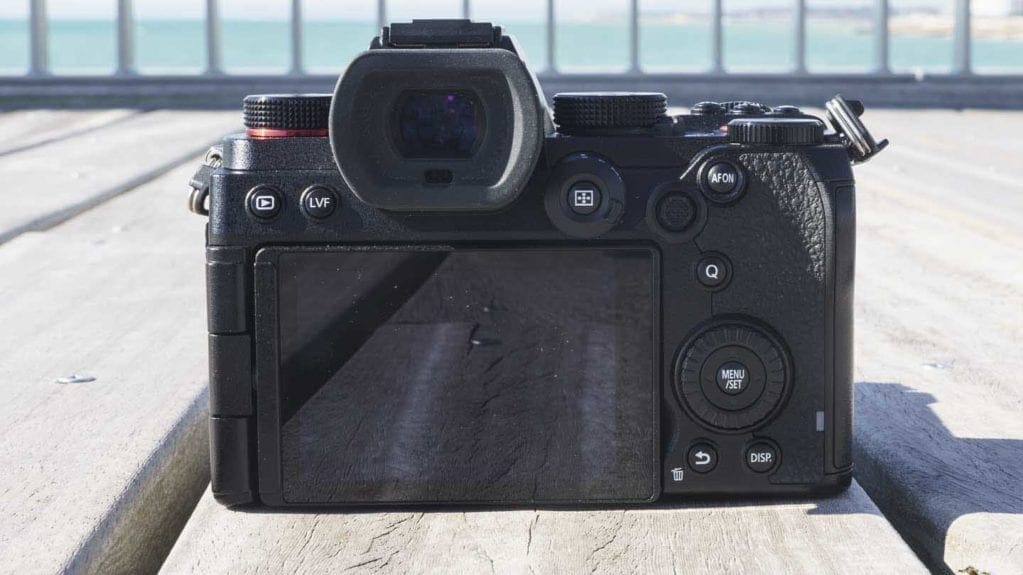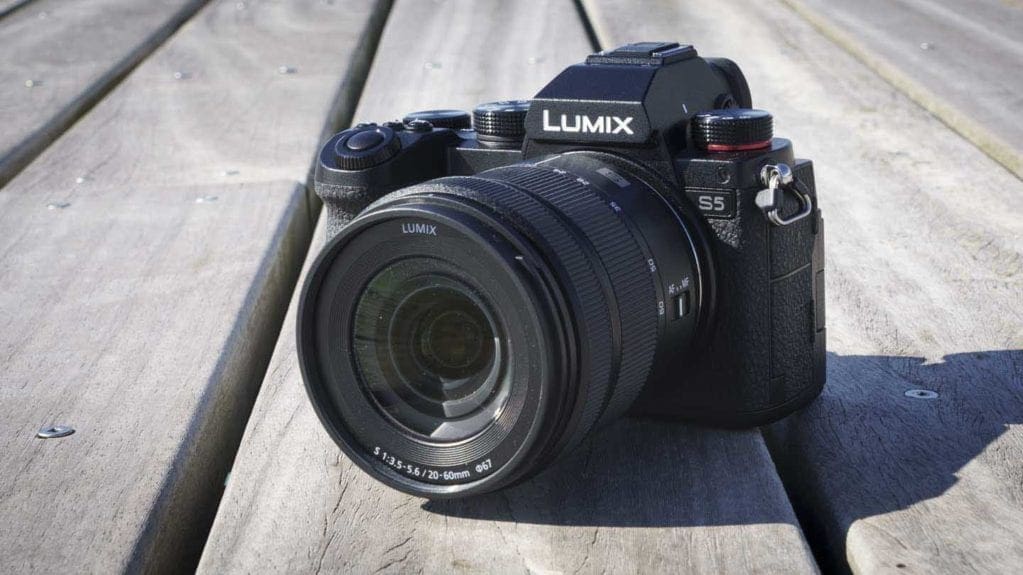The Micro Four Thirds Panasonic GH5 is quite a big camera for its sensor size, and the full-frame S1, S1R and S1H are bigger – on a par with full-frame DSLRs like the Canon EOS 5D Mark IV. They are very well built and feel nice and solid, but they’re big and heavy. Panasonic appears to have had a rethink with the Lumix S5. Instead of using the S1 body, it’s opted for something smaller. Not just smaller than the other S series cameras, something smaller than the GH5. That’s great news for portability and anyone who plans to shoot handheld for long periods of time.
-

-
The Panasonic Lumix S5 in the centre between the GH5 (left) and S1H (right)
-
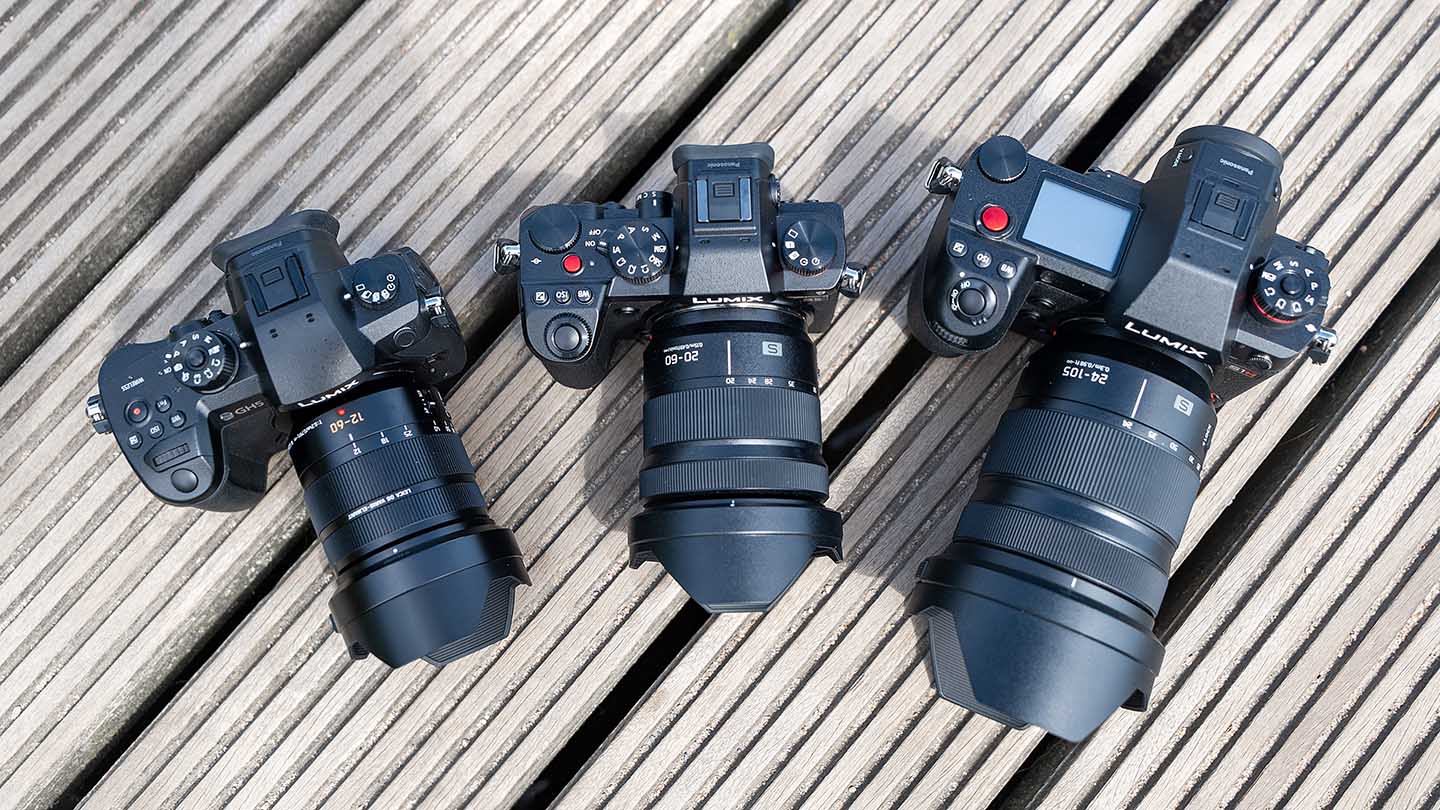
Here’s the size and weight comparison:
- Lumix S5 (WxHxD): 132.6 x 97.1 x 81.9mm, Weight: 714g
- Lumix S1H (WxHxD): 151 x 114.2 x 110.4mm, Weight: 1,164g
- Lumix GH5 (WxHxD): 138.5 x 98.1 x 87.4mm, Weight 725g
That’s impressive downsizing!
Although Panasonic Lumix S5 is smaller than the GH5, it has a well-proportioned and ergonomically shaped grip. A rubber-like coating also ensures that the camera feels secure in your hand. It’s also weather-sealed so you don’t need to worry if the weather changes when you’re out on a shoot.
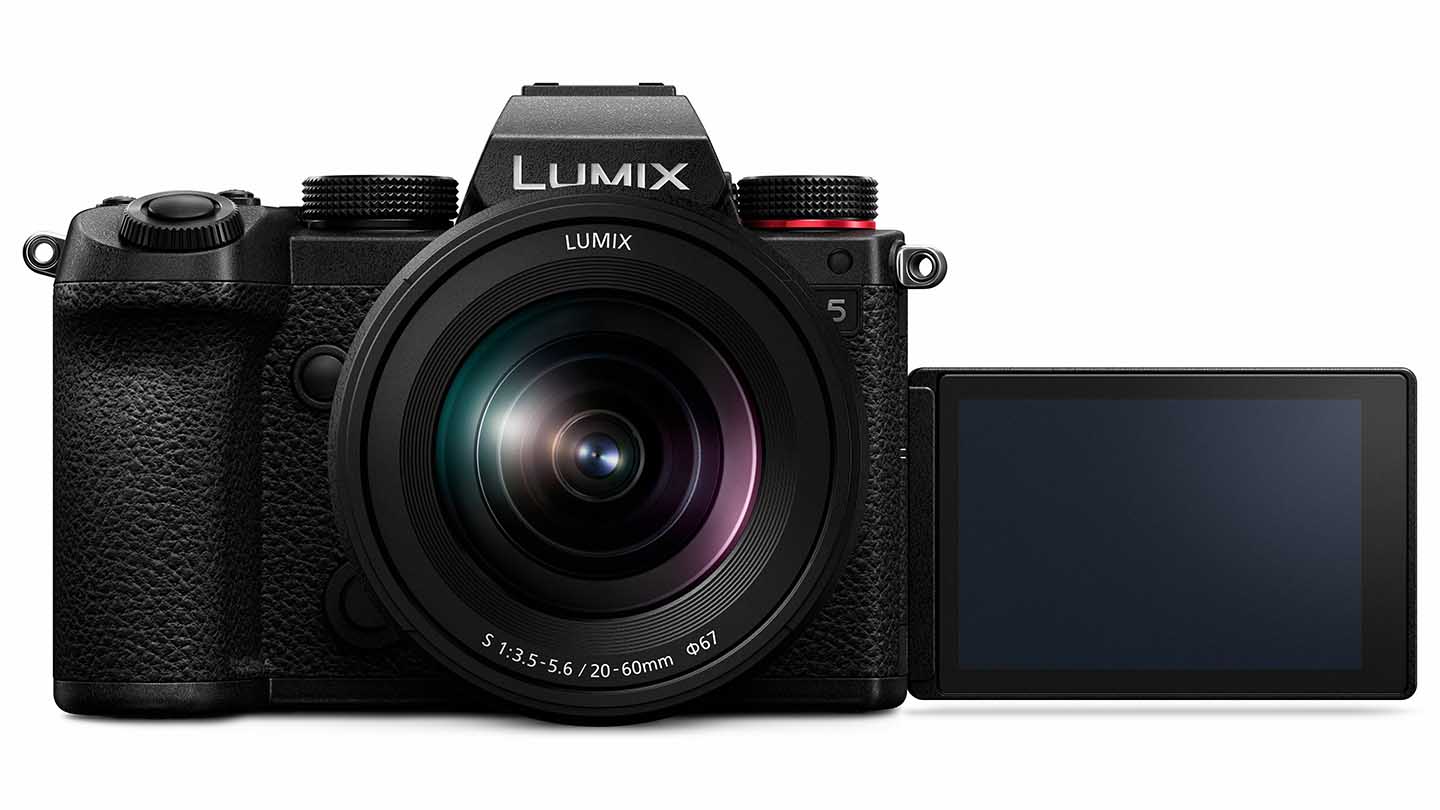
Screen and Viewfinder
Despite the shrinkage in size and weight, the Panasonic Lumix s5 has both a 3-inch 1,840,000-dot vari-angle touchscreen and a 2,360,000-dot OLED electronic viewfinder built-in.
The Panasonic GH5 has a vari-angle screen and it was high on the request list for the S-series camera when their development announcement was made. However, the S1 and S1R have 3-way tilting screens. These are useful if you’re shooting in landscape and portrait format images, but they’re not as intuitive or flexible to use as a vari-angle screen and they can’t be seen from in front of the camera.
Happily, the Lumix S5’s screen delivers what many were hoping for and it can be flipped around to face forwards. It means that the S5 could also be a good full-frame vlogging camera.
Further good news is that, like the viewfinder, the S5’s screen provides an excellent preview of the image. If you’re shooting outdoors in bright conditions it’s worth activating the Live View Boost to brighten screen to make the scene easier to see.
The screen is also very responsive to touch, but the icons are quite small and I occasionally tap one adjacent to the one I want.
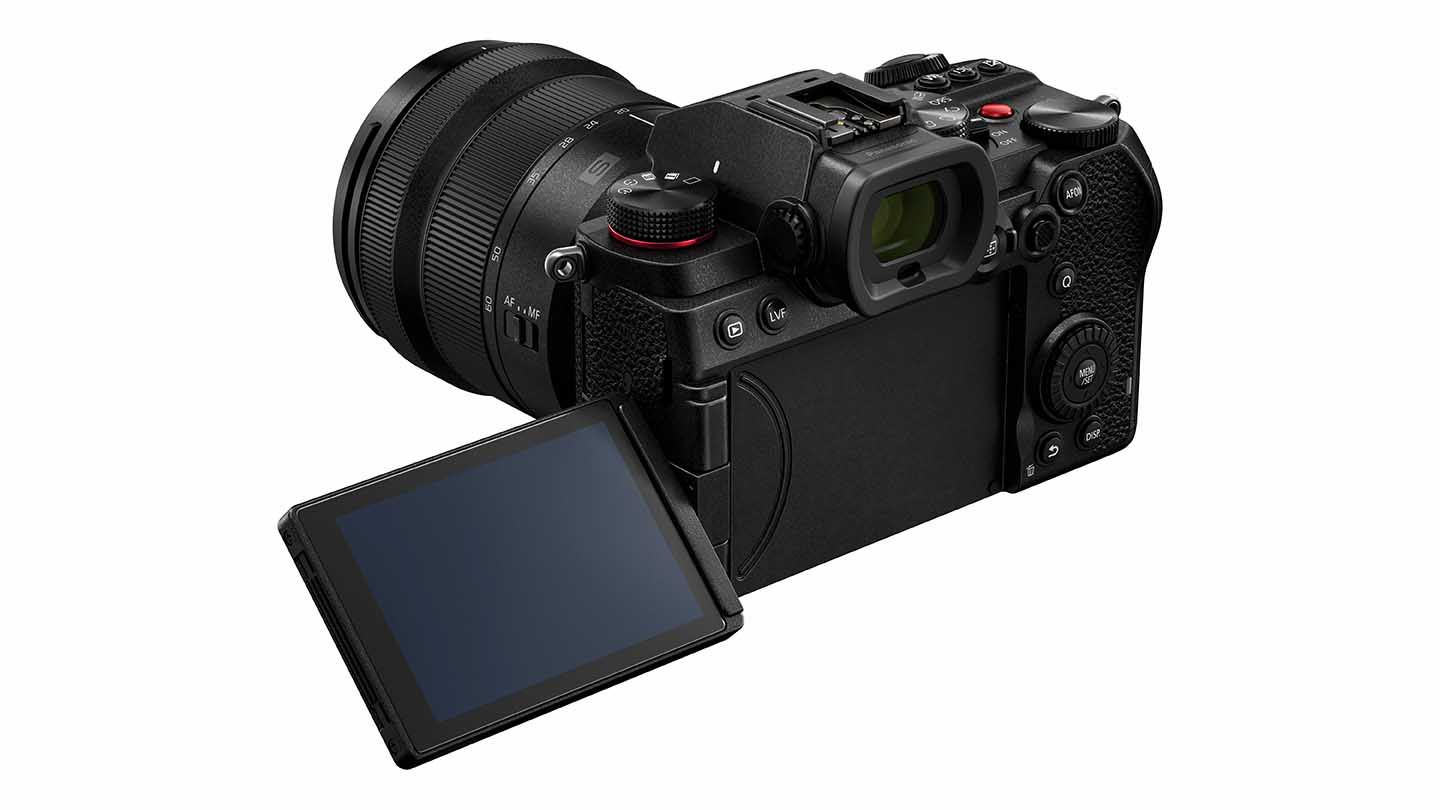
Control layout
Panasonic has merged the control layout of the GH5 with that of its S series cameras for the Lumix S5. It’s very logical and there’s direct control over the key features.
On the right of the top-plate there’s a mode dial to select the exposure mode – complete with three custom settings. There are also two dials, one around the shutter release and the other towards the back of the camera above the thumbrest. A dual-dial arrangement makes it quicker to adjust settings.
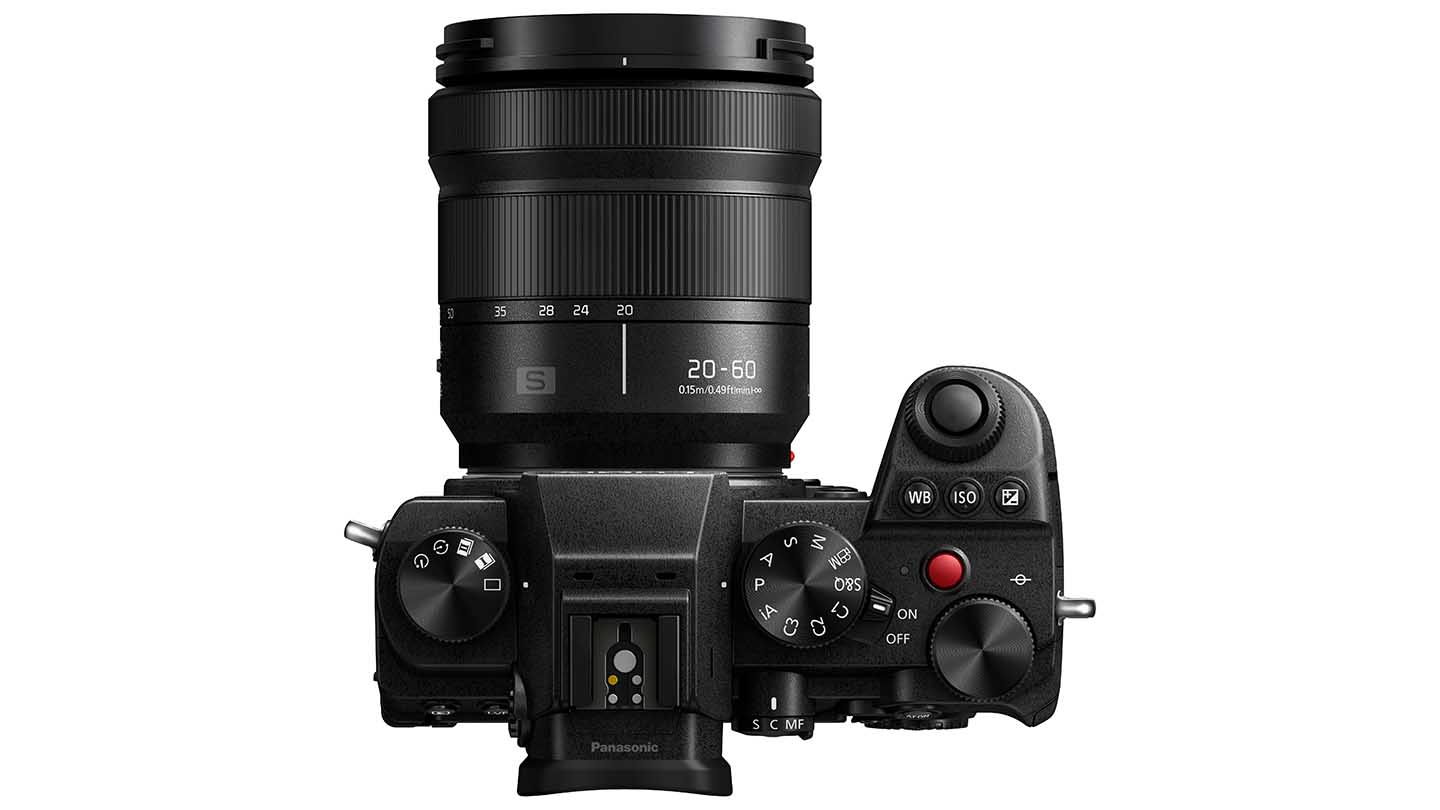
Between the two top dials, there’s a neat row of buttons to access the white balance, sensitivity and exposure compensation controls. My first port of call when I received a Panasonic S5 review sample was to the Custom menu to assign direct control over exposure compensation to the front dial. I prefer to have direct control via a dial instead of a two-step process.
It’s good to have a comparatively large red record button just to the right of the mode dial. I’m fed-up with fiddly record buttons!
Over on the left of the top-plate, there’s a dial to set the drive mode. That’s a nice touch, it means you don’t have to dip into the menu or use a button and dial to switch drive mode when speed is of the essence.
Similarly, it’s good that, like the other S-series cameras, the Lumix S5 has a switch just to the right of the viewfinder to change between focusing modes. This means you can change quickly between single and continuous AF. this switch surrounds the button that gives a quick route to the AF point selection options – including the ability to activate Animal detection and Human Eye detection.
Further good news is that there’s mini-joystick on the back of the camera for making menu setting selections and shifting the AF point while you look in the viewfinder.
